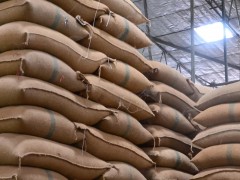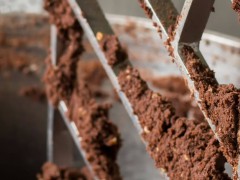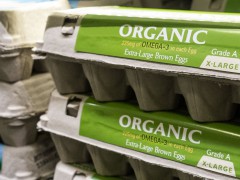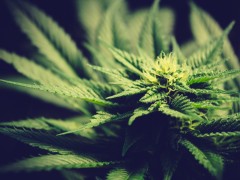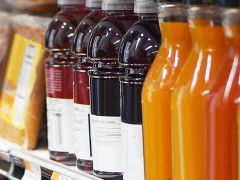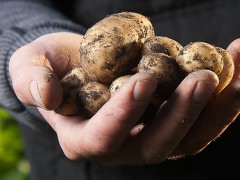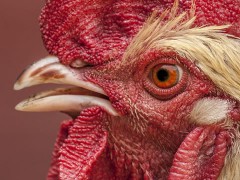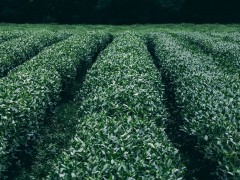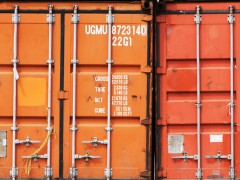Fake Chinese honey is in the news again. Because the tainted stuff is purchased in bulk commodity sizes, I gather that illegal honey is more of a problem for the Suebee/Golden Blossom consumer. If you buy from the farmer’s market, you are probably immune from this kind of fraud. A social distance of zero will protect you from leaded honey.
Regional honey brands should see the advent of tainted imports as a mortal threat. They sell a lot of volume on supermarket shelves right alongside Big Honey, yet most have the same puritanical scruples as your local farmer’s market honey producer. The regionals are one lead-poisoning incident away from financial ruin unless they act to distinguish themselves.
Food law could help the large but scrupulous brands maintain and possibly expand their market share. Honey producers could benefit from a collective certification process designed to distinguish the regionals from the nationals. A trade association can establish a single production, quality, and country of origin standard, then pursue a certification trademark with the USPTO to represent the uniform standard. The trade organization can then license the use of the mark to producers who conform to the standard. Revenue generated from trademark licensing can fuel a national marketing campaign aimed at explaining to the public how its members’ honey is different, superior even, to the bulk stuff of unknown provenance. (The California olive oil industry is doing something similar, but for the purpose of distinguishing members’ products from low quality imports that are intentionally mislabeled “extra virgin”.) In the event of a melamine-type scare in the honey biz, this kind of process could insulate participants from the consequences.


